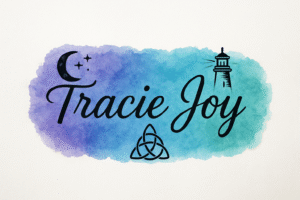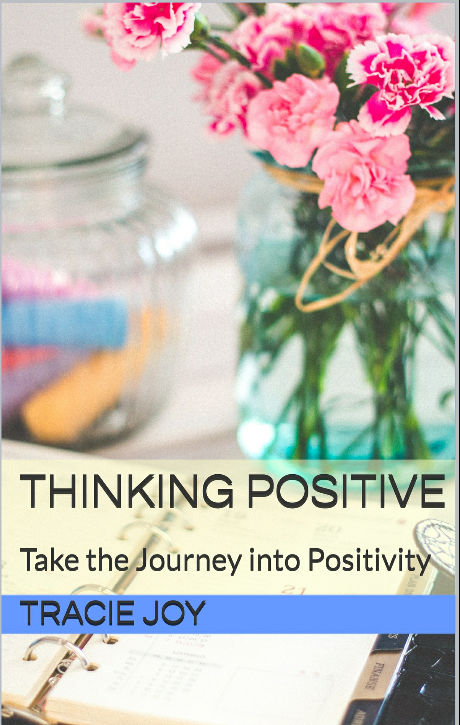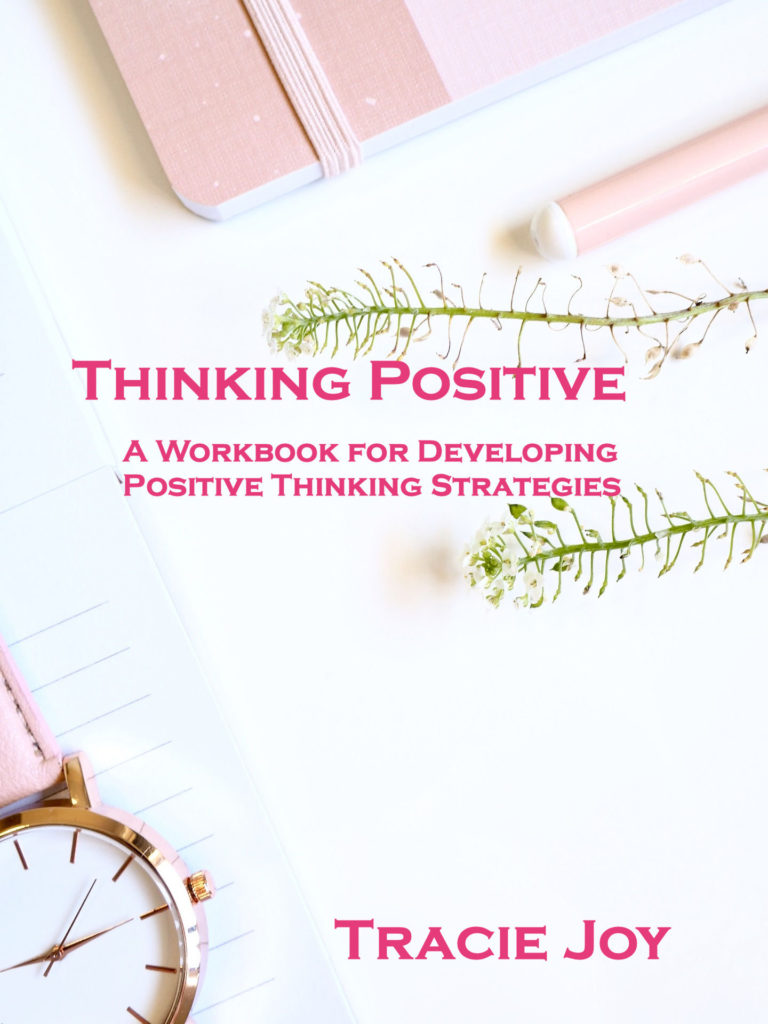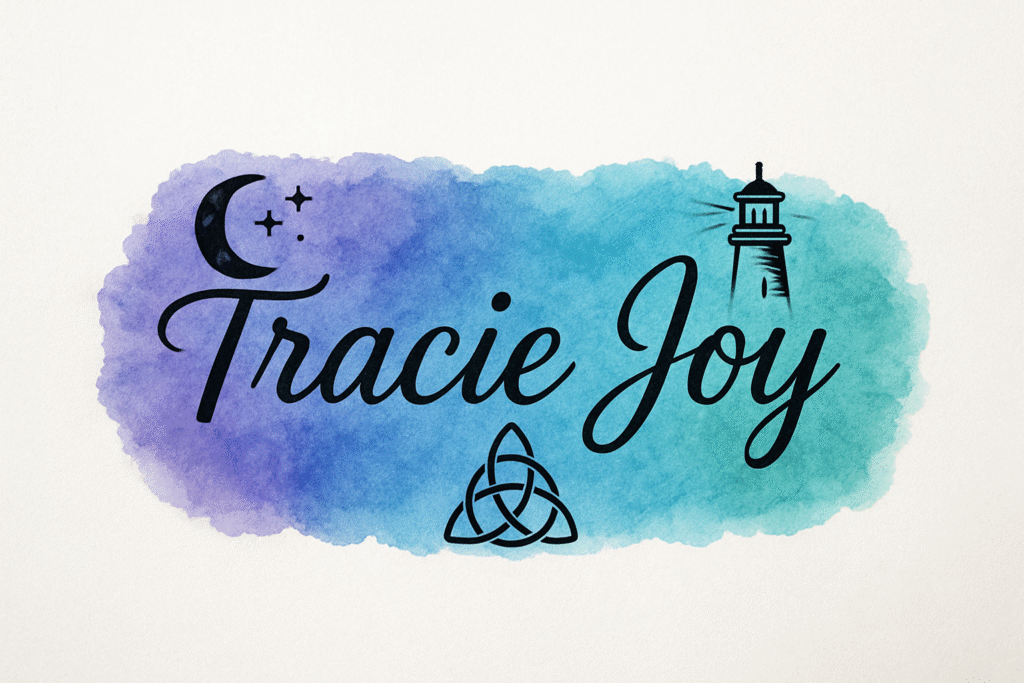Why Symbolism and Motifs Matter
Every story has layers, the surface plot that keeps readers turning pages, and the deeper emotional truths that make them remember your work long after they finish. That is where symbolism and motifs in storytelling come in. Symbolism turns objects, settings, or actions into reflections of larger ideas, while motifs provide repetition and rhythm that tie everything together. They are the secret ingredients that make a story feel meaningful rather than mechanical.
Think of a symbol as a spark of meaning and a motif as the recurring echo that reminds readers of that spark. When used intentionally, both become powerful storytelling tools that elevate even a simple tale into something profound.
Understanding Symbolism
A symbol is more than a decorative flourish in a story. It is a vessel that carries layers of meaning, often revealing emotions or ideas that words alone cannot express. Writers use symbolism to communicate on a deeper level, inviting readers to engage both intellectually and emotionally. A well chosen symbol resonates because it taps into something universal. It does not just represent, it evokes.
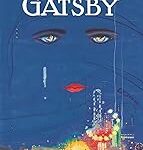 The green light in The Great Gatsby captures longing and unreachable dreams. It flickers across the bay, always out of reach, just as Gatsby’s hopes are. A single image becomes a haunting metaphor for desire and illusion.
The green light in The Great Gatsby captures longing and unreachable dreams. It flickers across the bay, always out of reach, just as Gatsby’s hopes are. A single image becomes a haunting metaphor for desire and illusion.- In The Hunger Games, the Mockingjay is more than a bird. It becomes a living emblem of defiance, resistance, and survival. It functions as a rallying cry that embodies the courage of people who refuse to be silenced.
- In Lord of the Flies, the conch shell represents structure and order, the fragile link to civilization. When the shell shatters, the boys’ sense of humanity fractures with it.
Symbolism works best when it mirrors character journeys. If a story’s theme is transformation, a cocoon or butterfly might naturally appear. If the theme is grief, you might weave in wilting flowers, fading photographs, or the sound of an empty chair. Keep it subtle. Readers sense the connection without being told what to think, and that is what makes the meaning linger.
If you would like to explore how secondary story threads can echo your themes, see How to Use Subplots to Strengthen Your Story.
Exploring Motifs
While symbolism delivers meaning through single, powerful images, motifs work through repetition. They are the patterns that weave your story together and reinforce its heartbeat. A motif can be visual, like recurring colors or weather; auditory, like a song or a phrase; or conceptual, like repeated moments of forgiveness or betrayal. Each reappearance reminds readers of what is truly at stake and builds emotional rhythm.
- In Harry Potter, the motif of light and darkness mirrors the struggle between fear and courage. Light becomes comfort and protection, and it also signals inner strength.
 In To Kill a Mockingbird, mockingbirds recur as a reminder of innocence harmed by injustice. The repetition gives the theme moral weight.
In To Kill a Mockingbird, mockingbirds recur as a reminder of innocence harmed by injustice. The repetition gives the theme moral weight.- In Jane Eyre, the patterns of fire and ice reveal Jane’s internal struggle. Fire signals passion and agency, while ice suggests control and restraint. The contrast tracks her growth across the arc.
Motifs can be deeply personal. In a love story, a shared song might play at turning points. In a mystery, mirrors may recur to suggest the dual nature of truth and lies. During revision, notice images or phrases that show up more than once. Strengthen them with purpose and let them evolve with your characters. A well placed motif feels like a quiet drumbeat in the background, steady and reassuring, even when readers do not consciously notice it.
How to Use Symbolism and Motifs in Your Own Writing
Adding symbolism and motifs in storytelling is not about sprinkling random objects or repeated phrases into your narrative. It is about creating meaning that feels woven into the fabric of your story. The most powerful symbols and motifs grow naturally from your characters, your world, and the emotional heart of your theme. Here is how to make that happen.
- Start with your theme. Identify the idea beneath the plot, such as freedom versus control, love versus fear, or the loss of innocence. Then pick a concrete representation readers can see or feel. For a deep dive on matching symbols to theme, this guide from Reedsy walks through practical examples you can adapt to your genre.
- Keep it organic. Let your setting feed the imagery. Coastal stories may naturally use waves, tides, or lighthouses. City stories might lean on streetlights, window reflections, or graffiti. Symbols that belong to the world feel effortless and immersive.
- Revisit and evolve. Allow symbols to change as your characters change. A gold bracelet may begin as comfort and later carry guilt. When a character finally removes it, the gesture communicates transformation without a speech.
- Layer meaning through repetition. Repetition is the engine of a motif. A recurring storm can signal turmoil, while a lullaby can signal memory or loss. Vary the context so every return adds a new shade of emotion or tension.
- Be subtle but intentional. Let imagery do the talking. A withering garden can reveal relationship decay more effectively than exposition. For an overview of when to show rather than tell, see the accessible breakdown of literary devices at Writer’s Digest.
- Tie motifs to character arcs. Use recurring images to track inner change. Color shifts, sunrise cycles, or repeated choices can mirror descent, renewal, or growth. When the character changes, the motif should feel different too.
- Use contrast to highlight transformation. Pair opposing images to make change visible. Fire and water, day and night, silence and noise. The tension between opposites creates a visual path for readers to follow.
- Refine during revision. First drafts reveal patterns you did not plan. Mark recurring objects and phrases, then strengthen them with deliberate placement and variation. Revision is where hidden threads become a clear tapestry.
Common Pitfalls to Avoid
- Overloading the story. Too many symbols can confuse readers. Choose one or two core symbols and develop them fully.
-

Realistic red rose lying on white background. Vector illustration EPS10 On the nose explanations. If a character announces, “This red rose represents my undying passion,” the image loses power. Let the scene carry the meaning.
- Inconsistent recurrence. A motif that appears only once will not land. Repetition is the source of its force.
Bringing It All Together
Symbolism and motifs in storytelling do not just decorate a narrative. They provide resonance and help readers feel the truth beneath the plot. Whether it is a broken mirror that reflects a fractured identity or a recurring song that reminds characters of what they have lost, these devices make stories linger.
When you master symbolism and motifs in storytelling, you stop merely writing scenes and start weaving meaning. That is the shift that turns a good story into an unforgettable one.
Further reading on my site: You might also enjoy How to Use Subplots to Strengthen Your Story.
Helpful resources: For deeper practice with choosing and executing symbols, explore Reedsy’s symbolism guide and the Writer’s Digest literary devices reference.
Join the Conversation
How have you used symbolism and motifs in your writing? What is a favorite symbol or motif you have used in your own writing? Share it in the comments, tell us what it means, and how it changes across your story. If you have a related blog post or excerpt, feel free to drop a link so we can cheer you on.
